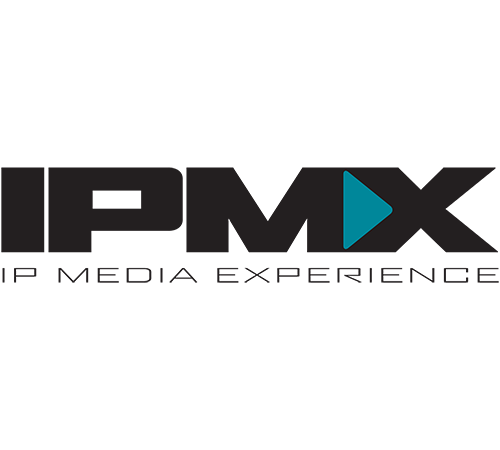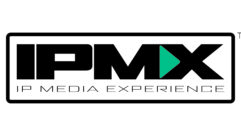 At ISE 2020 in Amsterdam, the Alliance for IP Media Solutions (AIMS) Pro AV Working Group announced the presentation program for the IPMX (Internet Protocol Media Experience) proposed set of open standards for Pro AV. Much has happened since then and products are now being announced in the market.
At ISE 2020 in Amsterdam, the Alliance for IP Media Solutions (AIMS) Pro AV Working Group announced the presentation program for the IPMX (Internet Protocol Media Experience) proposed set of open standards for Pro AV. Much has happened since then and products are now being announced in the market.
IPMX is the name for groups of standards that have been built and ratified over the past 10 years, combined with a few new extensions. Previously ratified standards already deal with a variety of performance video workflow options including uncompressed and sub-frame latency lightly compressed video options. IPMX adds even more video profiles suitable for PC desktop and camera content found in pro-AV applications. IPMX also better regulates dynamic connections that more closely mimic the behaviors of standard pro-AV cables like HDMI, but over IP, including EDID management, hot-plug events, display ID, InfoFrames, etc.
This is a ground-up proposed set of open standards to help deal with asset security both in terms of how devices are registered and managed on networks as well as robust encryption of the media payload (essence) itself. It also deals with copy protection and HDCP key exchange, and supports interoperability between hardware and software endpoints.
IPMX senders and receivers can be locked to the PTP of a proper SMPTE ST2110 network and are, therefore, compatible with hundreds of existing SMPTE ST2110 products. But, perhaps even more importantly, IPMX defines behaviors in senders and receivers that allow them to also achieve best-of-class capabilities over common asynchronous networks. So, IPMX is unique in its ability to be usable on both broadcast-optimized and pro-AV networks. This makes deploying IPMX easy, practical, scalable, secure and highly useful.
It is jointly built by advocacy groups, technical recommendations bodies and bodies publishing open standards. The groups involved in IPMX include: AIMS; the Video Services Forum (VSF); the Advanced Media Workflow Association, (AMWA); Society of Motion Picture and Television Engineers (SMPTE); the European Broadcasting Union (EBU); the Audio Engineering Society (AES); and the Joint Task Force on Networked Media (JT-NM).
What informs IPMX is end users, hardware and software developers, and services providers using and serving in pro-AV/IT. This includes government, enterprise, industrial, educational, medical and defense organizations.
More new information is available daily on IPMX at the various bodies mentioned above. A good place to get summarized information about IPMX is https://ipmx.io.










